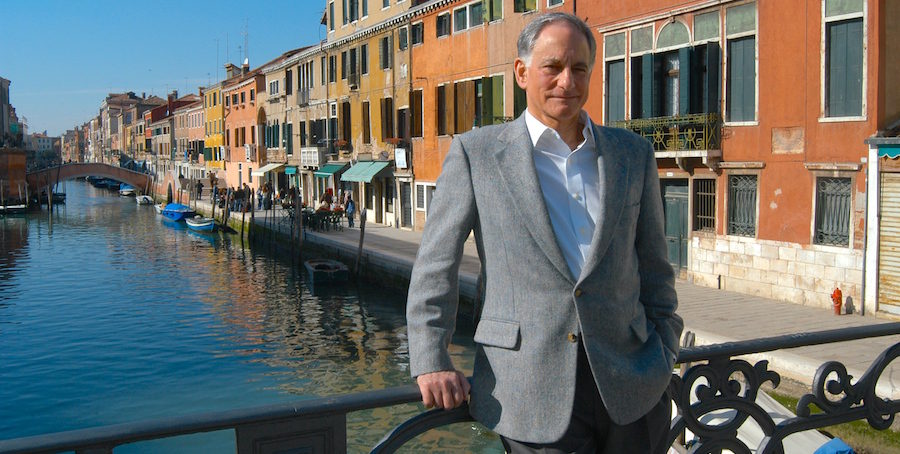John Berendt, a one-time editor of New York magazine, is the author of two books including 1994’s Midnight in the Garden of Good and Evil, and 2005’s The City of Falling Angels — the former a finalist for the Pulitzer Prize in 1995. The book also received acclaim from readers, spending a record-making 216 weeks atop the New York Times’ bestseller list.
Below are John Berendt’s favorite books, available to purchase as a set or individually.
$175.08 BUY ENTIRE BOOK COLLECTION


